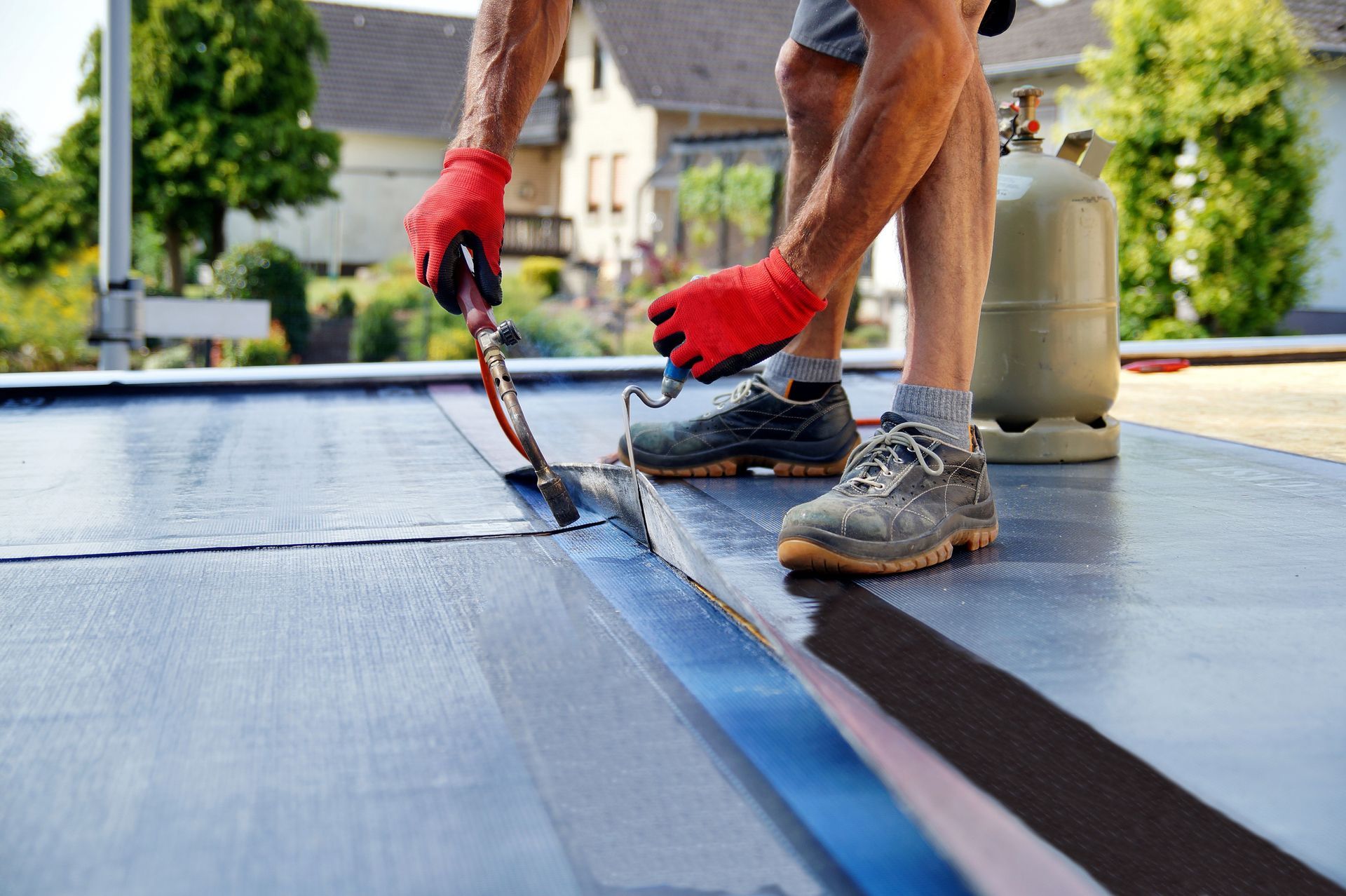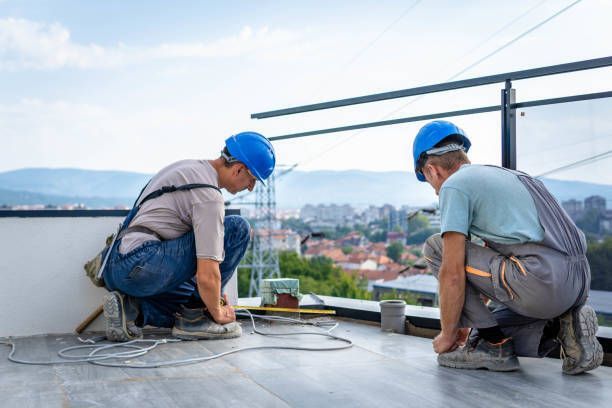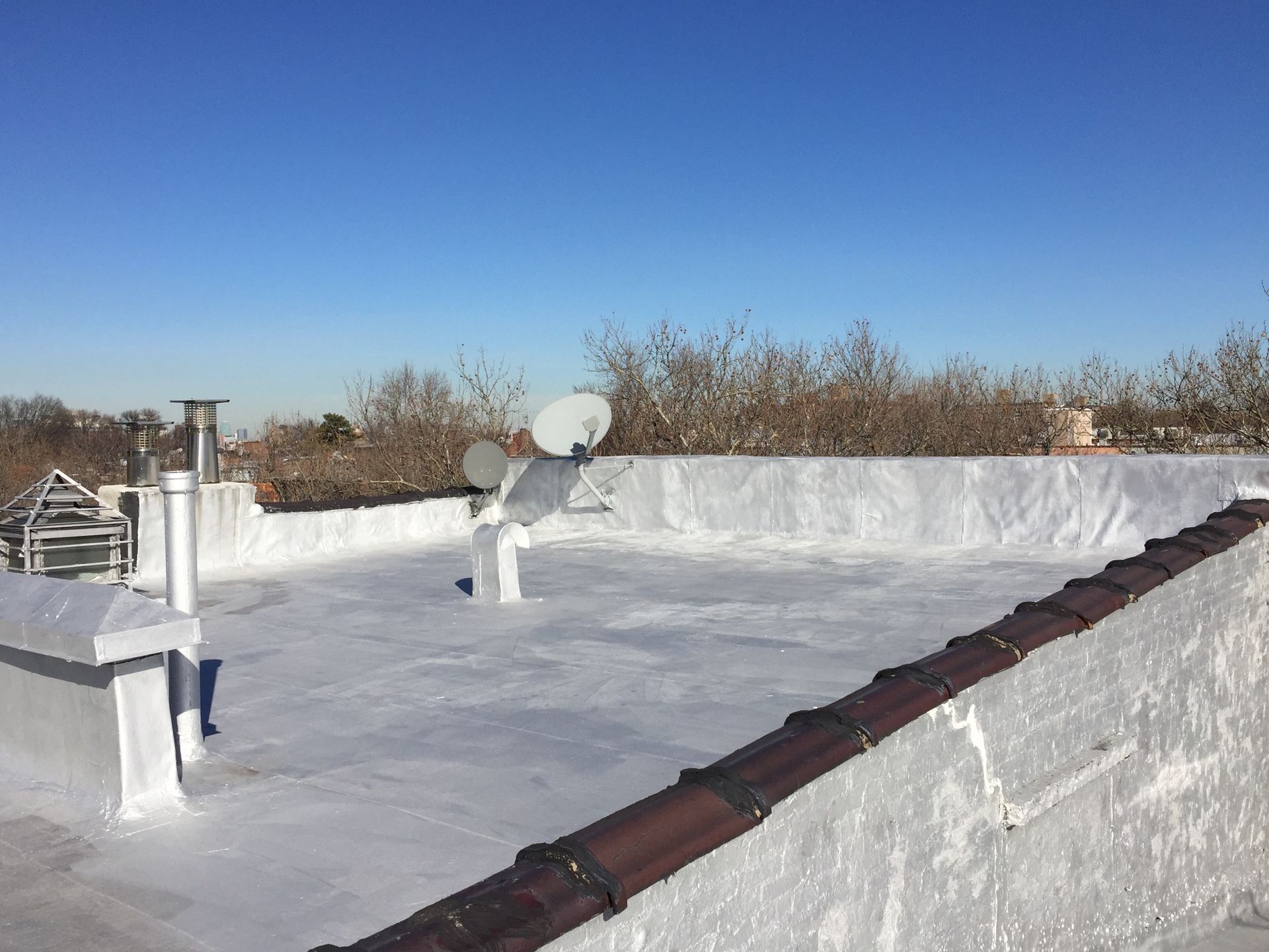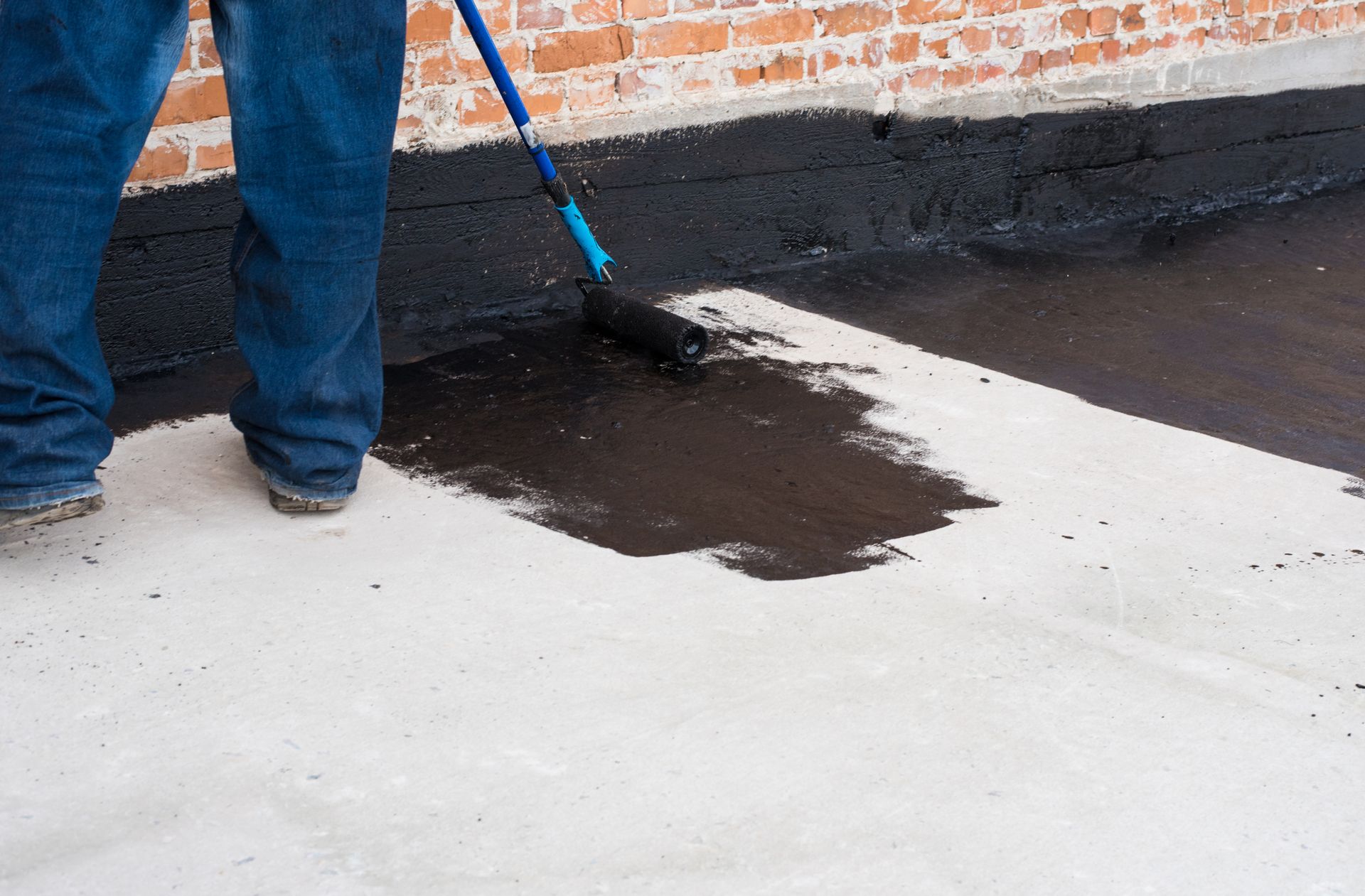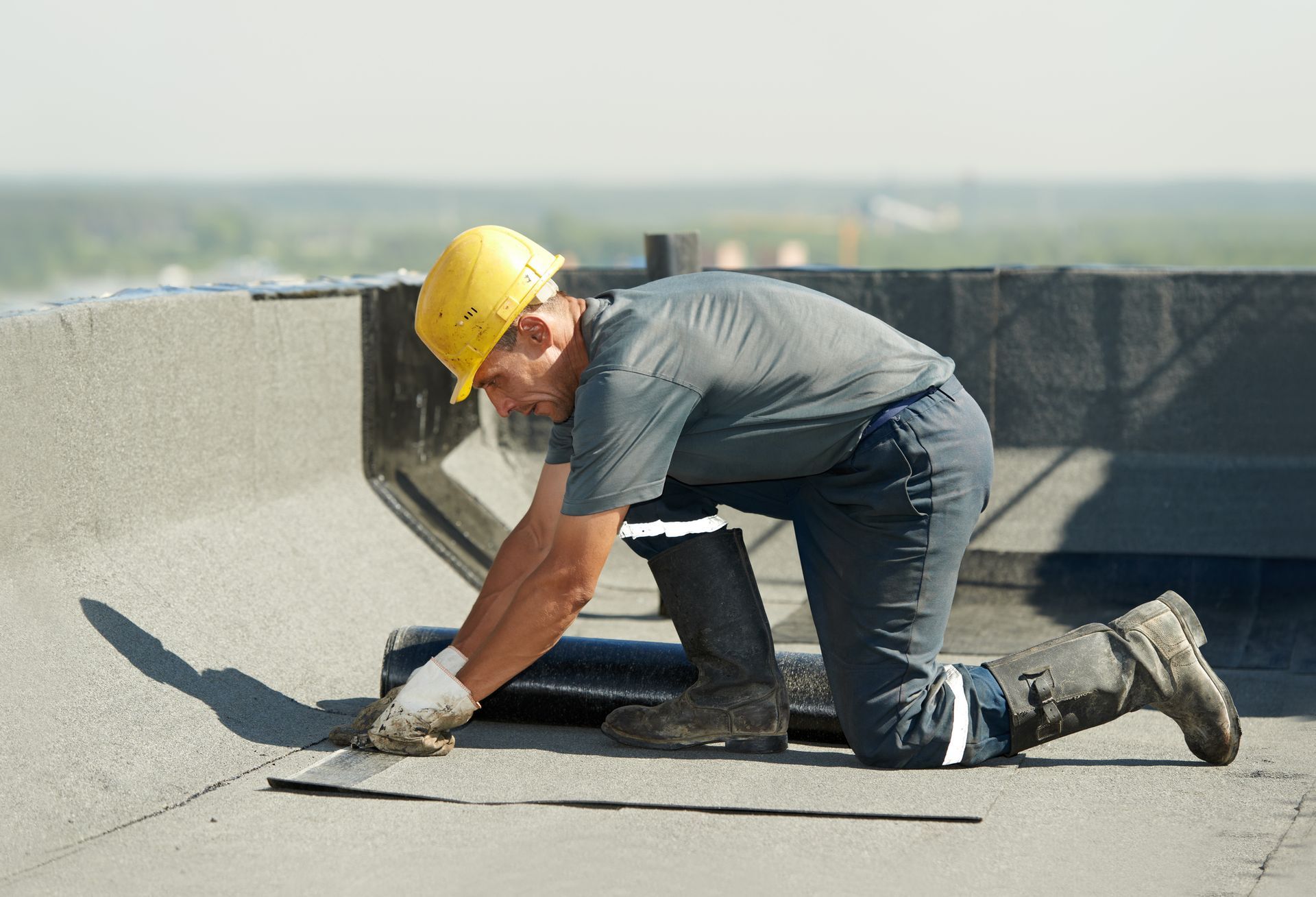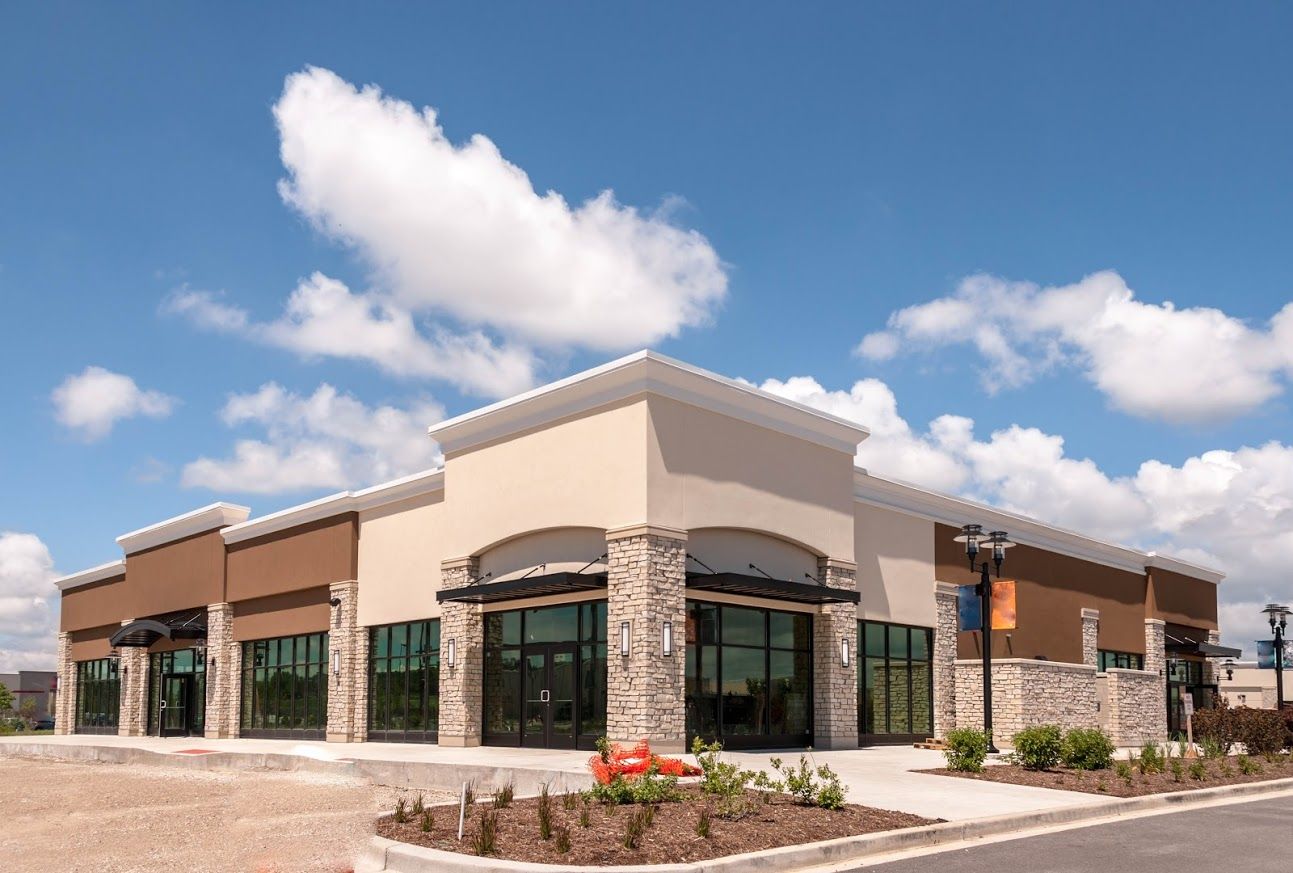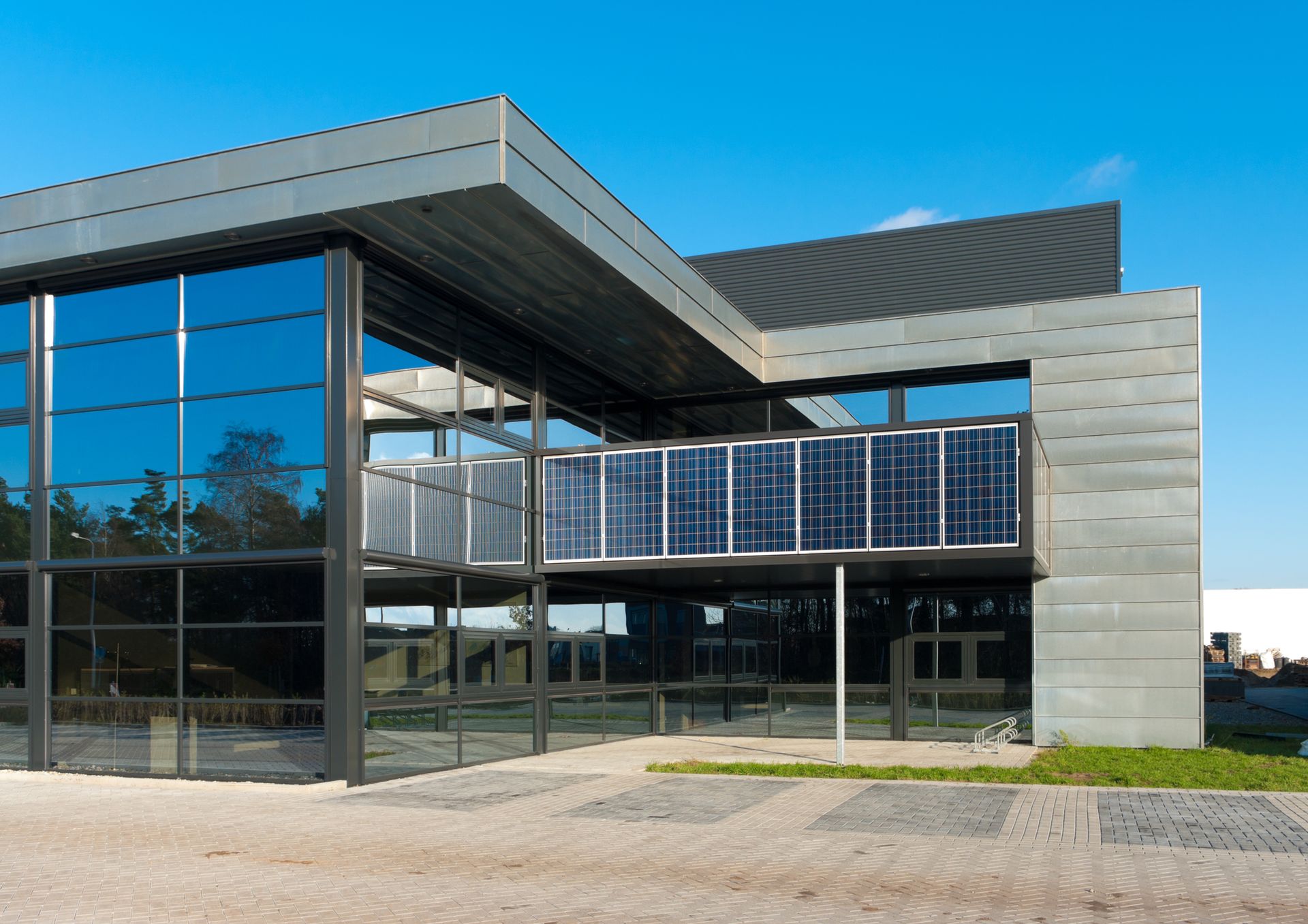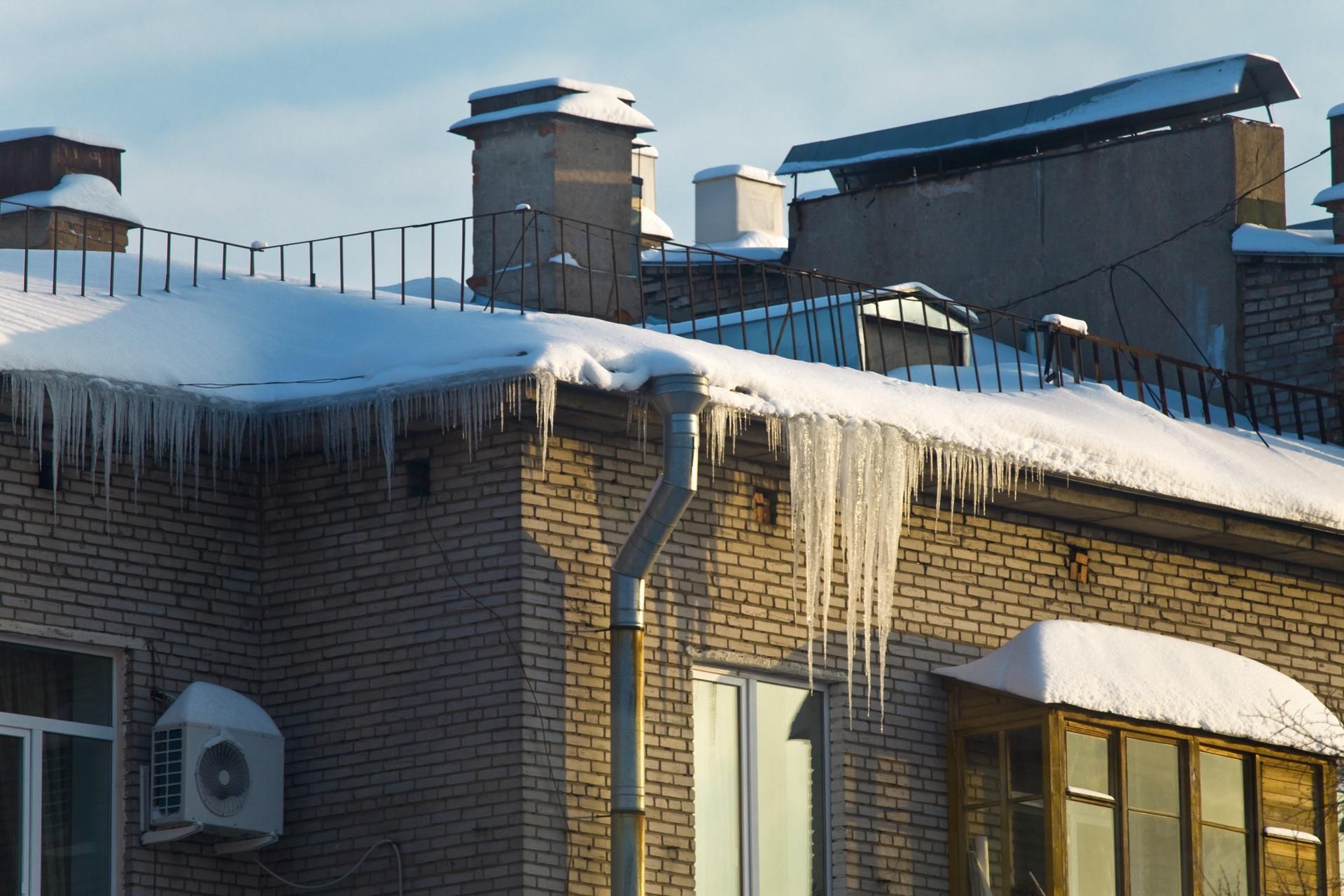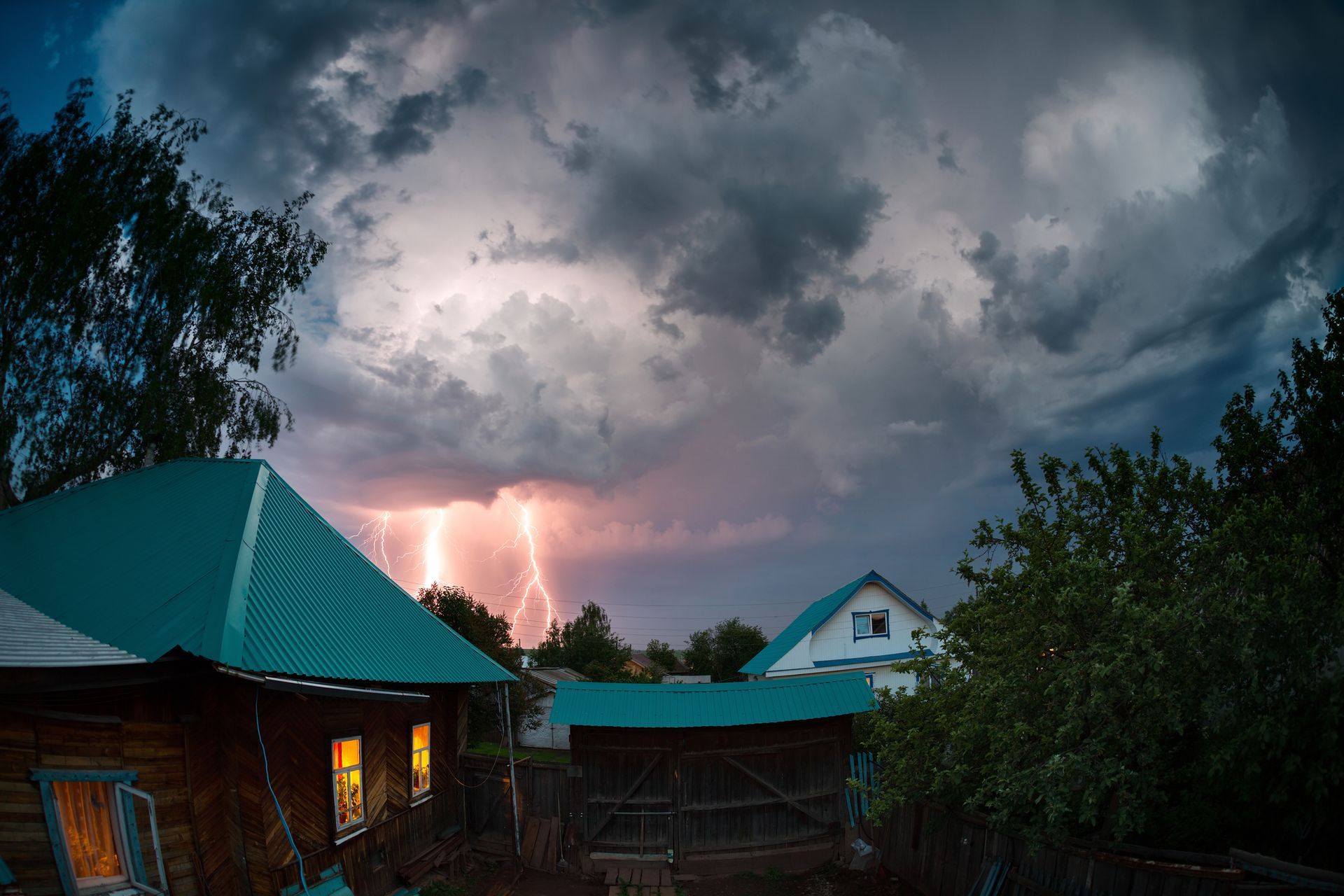Storm Damage and Your Flat Roof
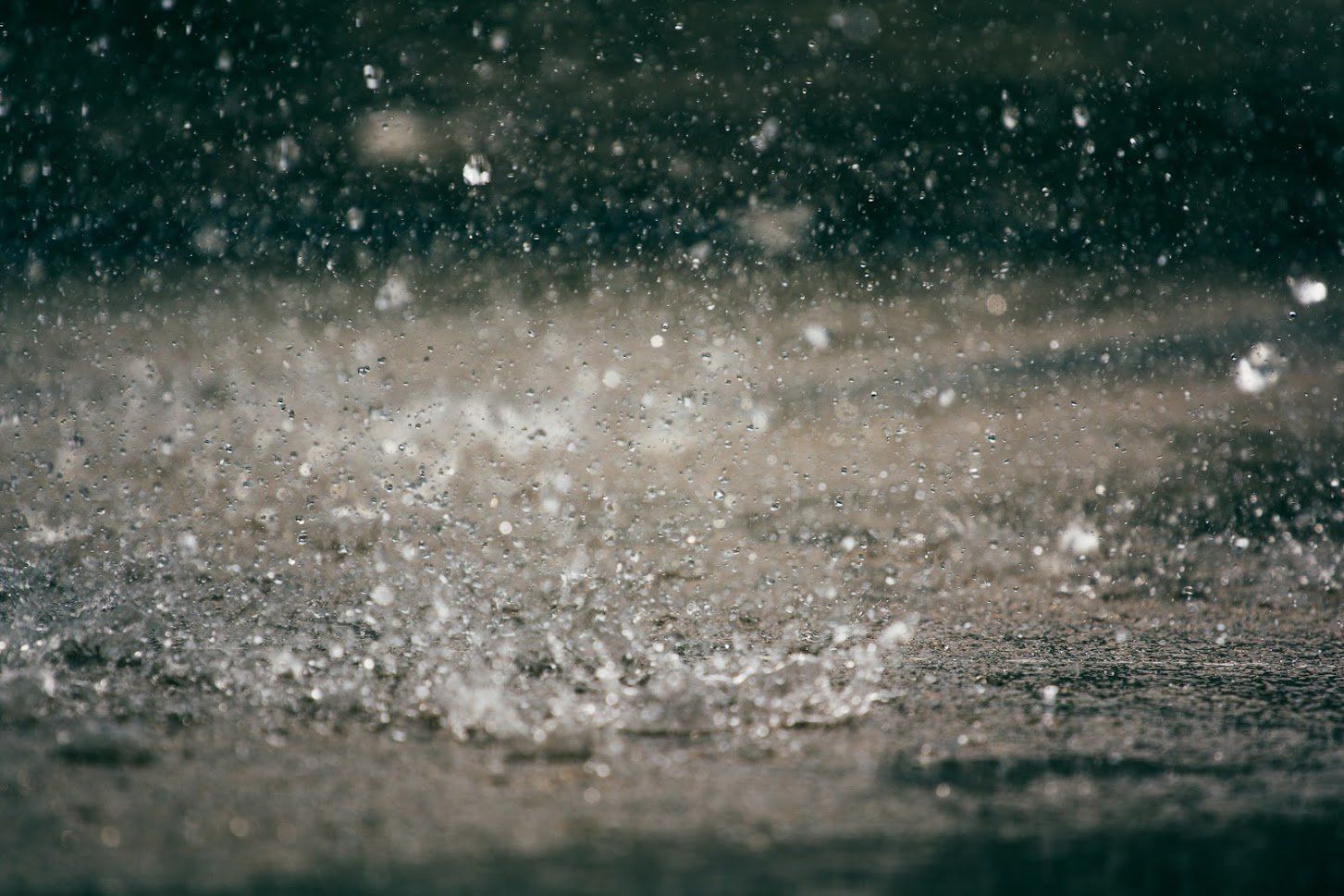
New Mexico may seem like a perpetually sunny state at first glance, but anyone who has lived and worked here for any length of time understands the potential for severe storms, especially during the monsoon season. The Land of Enchantment can experience heavy rains, punishing hailstorms, and powerful winds.
If you've invested in a flat roof for your home or commercial facility, you need to recognize these not-so-uncommon threats, understand the damage they can do, and take whatever steps you can to protect your investment against nature's more violent forces. Give special attention to the following causes of storm damage.
Heavy Rain and Your Flat Roof
The normally arid temperature and clear skies of New Mexico can change dramatically when monsoons and other heavy storms drift across the state. Rain pouring down on a flat roof can create significant problems for that roof, from standing water and corrosion to leaks that can harm the rest of the building.
Not every flat roof completely lives up to its name. Uneven spots or sagging can occur for many reasons, from imperfect installation and architectural errors to a shifting foundation. These spots can collect water, a problem known as ponding. The water's weight can eventually strain the roof and split membrane seams.
A sudden downpour may also prove too big a challenge for your flat roof's drainage system to handle. If the original installer placed the drains too sparsely or too far apart from each other, each drain may receive more water than it can effectively move to the gutters. Clogged or damaged gutters will only make the problem worse.
If you've noticed ponding on your flat roof, ask a reputable roof technician to check your drainage system's design and function for any issues that need correcting. You may also benefit from the addition of a gentle slope that directs water toward the drains.
Destructive Hail and Your Flat Roof
A hailstorm can do even more immediate and dramatic damage to your flat roof than a heavy rainstorm. You might notice this damage most acutely if you have a metal flat roof since hailstones can leave large, ugly dings on the surface. However, hail can also damage flat roofs made of other materials.
The degree of hail damage your flat roof coating can endure depends on the type of coating you installed. A built-up asphalt and gravel roof can sustain damage from small hailstones that dislodge the gravel. Membrane-based coatings can handle large hailstones, but the largest stones can still leave punctures or cracks.
Schedule a roofing inspection as soon as you suspect hail damage. Since flat roofs tend to grow more vulnerable to hail damage over time, keep up a preventative inspection and maintenance routine so you'll know when the roof needs replacing for renewed hail resistance.
High Winds and Your Flat Roof
The same storms that dump rain or hail on your flat roof can also subject the roof to strong, destructive winds. In one common form of damage known as wind scouring, high-speed winds can scrape the gravel or protective granules off of the roof surface. This loss of protection may then shorten the roof's lifespan.
Wind uplift counts as another way strong winds can wreck your flat roof. A lateral gust of wind that hits your roof from the side can split, with some of the wind passing above the roof surface and some of it driving its way beneath the surface. This effect causes the roof coating to lift up from the underlying roof.
Look for signs of loose roof flashing or missing fascia after a heavy wind. If you see these symptoms, schedule an immediate roof inspection to protect the roof against moisture exposure and rot.
Whether you want to make sure your roof can withstand the next big storm or you need to pick up the pieces from the last one, Flat Roofing Experts, LLC, can help. We can perform routine preventative maintenance, fix problems related to storm damage, or even replace your entire roof if necessary. Request a quote today.

